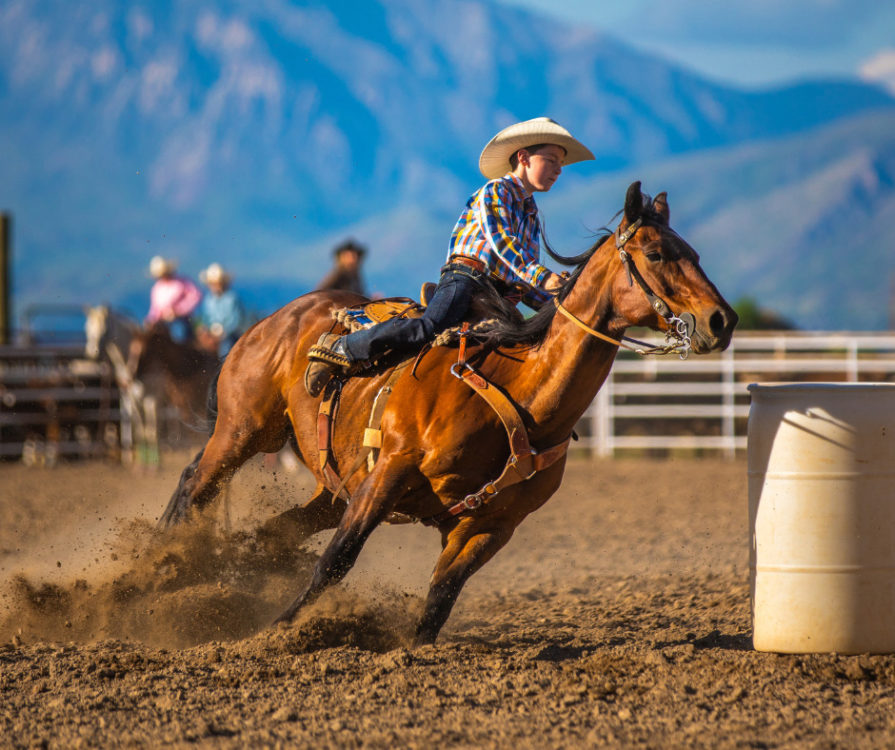We are the only barrel racing training and coaching program that is customized for you and your horse
Meet your coach,
Samantha Winslow-Holmes
The diversity in our barrel horse breeding programs means there is no “one size fits all” for pattern, turn and posture in barrel horses anymore.
This is exciting, because more horses can be successful as barrel horses than any other discipline BUT this also means you have to restyle your riding to the horse you are on for it to work for THEIR build.
At the Performance Horse Academy, we teach you what pattern and turn style your horse needs and why they need it, right from the comfort of your home.
This program is about what is going to work for YOU and YOUR HORSE.
You will receive INSTANT access to our lessons and replays
when you sign up for one of our memberships!
Our Mission For You and your horse:

Sounder, Happier Horse
Our program works for each individual horse depending on their own specific needs! Your horse will be so much happier when you understand their body better!

Faster Runs
1/2 second off the clock, guaranteed, with unlimited private coaching and lifetime access to our lessons and life learning.





